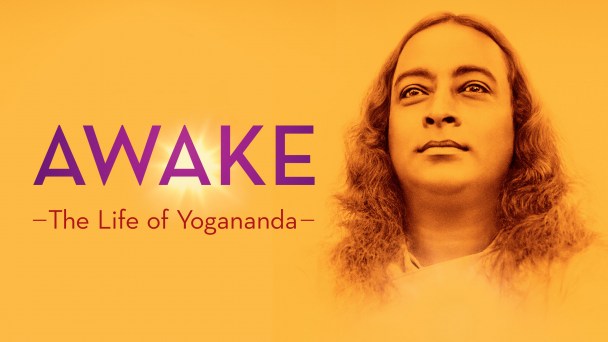Meet Mystic Paramahansa Yogananda

Unleashing Your Inner Intuitive Power
I want to talk to you today about Paramahansa Yogananda, the mystic known as “The Father of Yoga,” who was born in the late 1800’s in India and died in the 1950’s in Los Angeles. Today, everyone knows Yogananda as the man who wrote Autobiography of a Yogi, the book that Steve Jobs read every year of his adult life. But more on that key fact in a moment!
Yogananda is one of those rare people who totally embraced his intuition. Because I know from personal experience just how hard it is to honor your intuitive hits, I’m sharing his story today to encourage us all to listen to our own intuition. His story is a blueprint we can follow.
Yogananda’s mother died when he was only 11 years old. Even then, his awareness of the spiritual was light years beyond the ordinary. His mother was instructed by a holy man to give a sacred amulet she had to her son, telling him to keep it close, until it disappeared. A few years later, Yogananda began his search for an enlightened teacher, and he met with many sages and saints on the way.
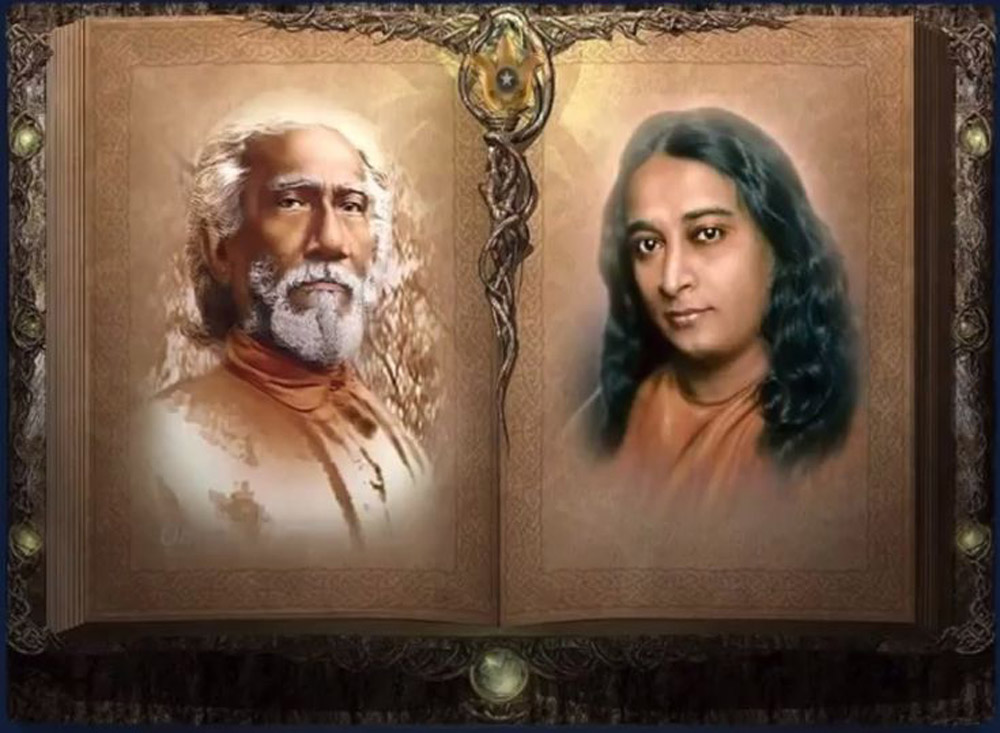
Finally, when he was 17, he met Swami Sri Yukteswar. That’s when the precious amulet his mother had left him simply vanished, having served its purpose, by identifying Yukteswar as his guru. Yogananda described his first meeting with Yukreswar as being the “sacred rekindling of a relationship that had existed across many lifetimes.”
He trained under Yukteswar for the next ten years; Yukteswar told Yogananda that he had been sent to him for the express purpose of spreading the concept of yoga globally, especially in the West. One day, while in meditation, Yogananda saw American faces pass before him, and he realized that was a sign that he was to go west and spread the word about meditation and yoga.
In 1925 he established his first center in Los Angeles. The first major Indian teacher to settle in the US, The LA Times called him “the 20th century’s first superstar guru.”

Hollywood was ready for him: he attracted celebrities like bees to honey. His ability to talk about the human spirit and God, without being dogmatic, was like a breath of fresh air – he was a spiritual prodigy, a spiritual genius. He loved to tell his audience that “God is in your spine!” The timing of his message couldn’t have been more perfect: with the world poised on the edge of an atomic revolution, he spoke of his beliefs of meditation and yoga being a “science,” and said that if you had sufficient meditation power, you could do anything.

At a time when the West was just beginning to wake up to the spirituality of the East, George Harrison of the Beatles was becoming more and more disillusioned with money and fame and began seeking a deeper meaning in his life. His search with Ravi Shankar, the virtuoso sitar player, led him eventually to Yogananda. As a member of the Beatles, the most popular pop music band in history, George helped to propel an entire generation of the western world into an awareness of Eastern spirituality. As Deepak Chopra put it, it happened “overnight.” George repeated the “Christ-consciousness” language that he picked from Yogananda, who urged his followers to find in themselves that same consciousness that Jesus exhibited, with compassion, equanimity, and love for all humanity. Yogananda’s embrace of Christ and His teachings made him even more popular in the West. George’s Here Comes the Sun album, and the single, My Sweet Lord, inspired by a two-hundred year old gospel classic, switches mid-way from “Hallelujah” to “Hare Krishna,” in the lyrics, demonstrating that they are one and the same; the lyrics acknowledge that Krishna and Jesus are the same energy. People loved the songs as they validated their own personal search for the God force. When George Harrison was invited to the White House to meet President Gerald Ford, he took him a copy of Yogananda’s book, telling the President it was his favorite gift to give.
And what’s really interesting is that the Beatles 8th album, and my personal fav, Sergeant Pepper’s Lonely Hearts Club Band, has bits of pieces of India in it, as well as Yogananda and his guru and his guru, on the cover! Seriously!
But Yogananda created a perfect storm for America’s worst issues, issues that, unfortunately, we still have today: media hype, religious intolerance, ethnic stereotyping, and blatant racism. It wasn’t long before he was put on a government watch list and kept under surveillance by the FBI as well as by the British authorities, who were concerned about the growing independence movement in India. Focusing on the fact that he was a person of color and attracting a lot of married women, whose husbands resented him, a confidential file was kept on him. Ahead of his time, Yogananda didn’t quite get it when he wasn’t allowed to speak in Miami, being the wrong color, and he flaunted convention when he performed a marriage between one of his male Indian students who followed him West and a white woman; that did not go over well at all.
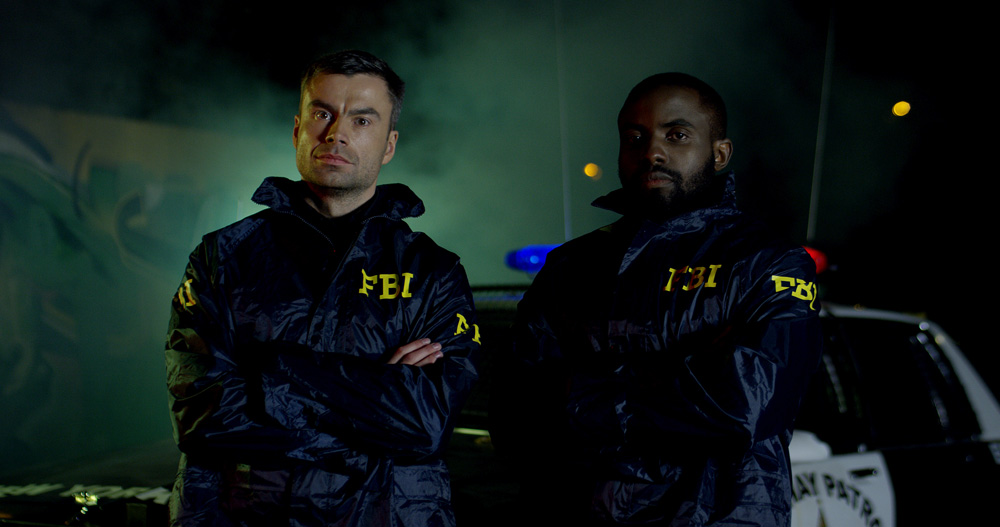
After some years, he traveled to Europe where he visited Assisi, the home of St. Francis, the Athenian temples, Socrates’ prison cell, Palestine, and the regions of Jesus’s ministry, and of course Cairo, to see its ancient pyramids up close and personal. He also met with living western saints like Therese Neumann, the woman who manifested the stigmata, the wounds of Christ.
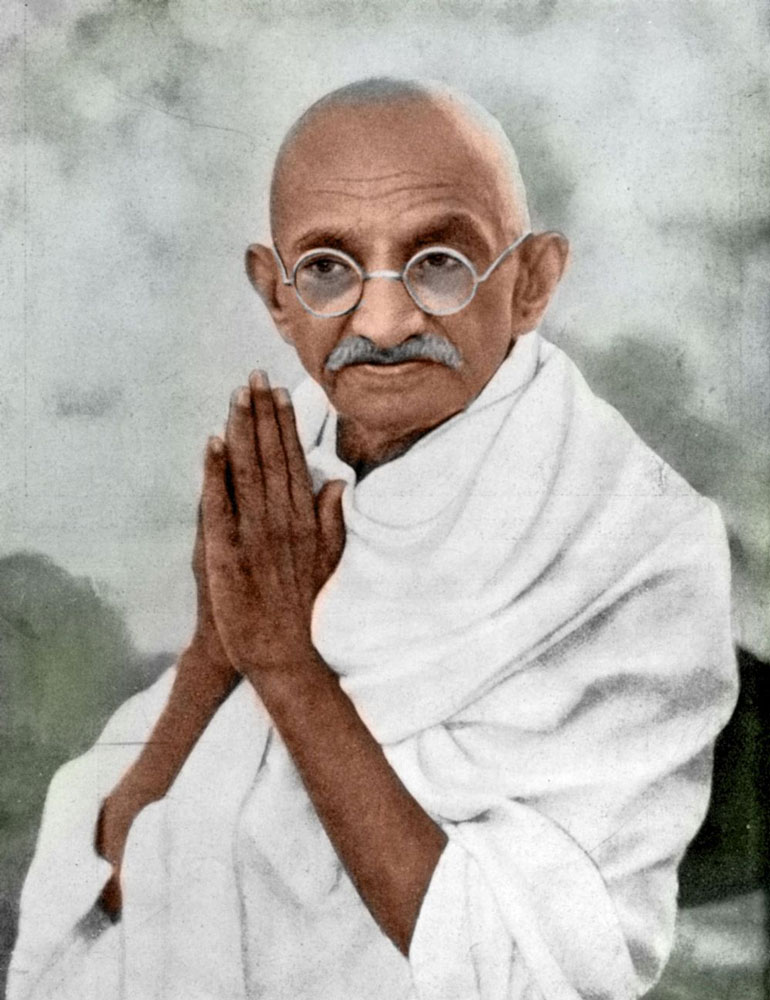
He traveled back to India, when his guru, Yukteswar, died, in the desired yogic tradition, sitting up; he simply allowed his consciousness to exit his body. While there, He met with Mahatma Gandhi and the female saint, Anandamoyi Ma.
Later, he had a supernatural visit from Yukteswar, who appeared to him in the flesh, while he was meditating, telling him that he was now guiding him from the astral plane. Wow, that must have been something!
Once Yogananda came back home from his travels, he was shocked to find that his best friend from childhood, Dhirananda, a man he had trusted like a brother, had betrayed him. Some years before, he had invited Dhirananda to the US to help him run his Center in Los Angeles. He made him a Swami and treated him like his “right-hand man.” He left Dhirananda in charge of the Center while he traveled extensively. When he returned home, however, after one long trip, he found that Dhirananda had opened a competing spiritual center close by and had attracted many of Yogananda’s students away from him. However, Dhirananda just didn’t have the personal magnetism that Yogananda had. Ultimately, Dhiranada abandoned the competing project, threw off his monk robes and Swami title that Yognanda had given him, married a Caucasian woman and moved to Michigan, no less, where he became a well-respected university professor. The ultimate blow was 6 years later, when he sued Yogananda. And then there was a second lawsuit, also from yet another of Yogananda’s disciples, again for money. Back at the Center, Yogananda never really recovered from what he perceived as these ultimate betrayals, calling these two disciples his “two Judases.” It’s important for us to acknowledge this side of Yogananda, the human side.
In 1946, Yogananda stopped traveling and wrote a memoir:
Autobiography of a Yogi. It launched a spiritual revolution, selling more than four million copies, has been translated into 45 languages, and is considered among one of the 100 best spiritual books of the 20th Century.
The Autobiography has been an inspiration for many, most famously, Steve Jobs. Jobs first read the Autobiography as a teenager. Later, he went to India and re-read it there, and, after downloading it on his iPad, he faithfully re-read it once a year.
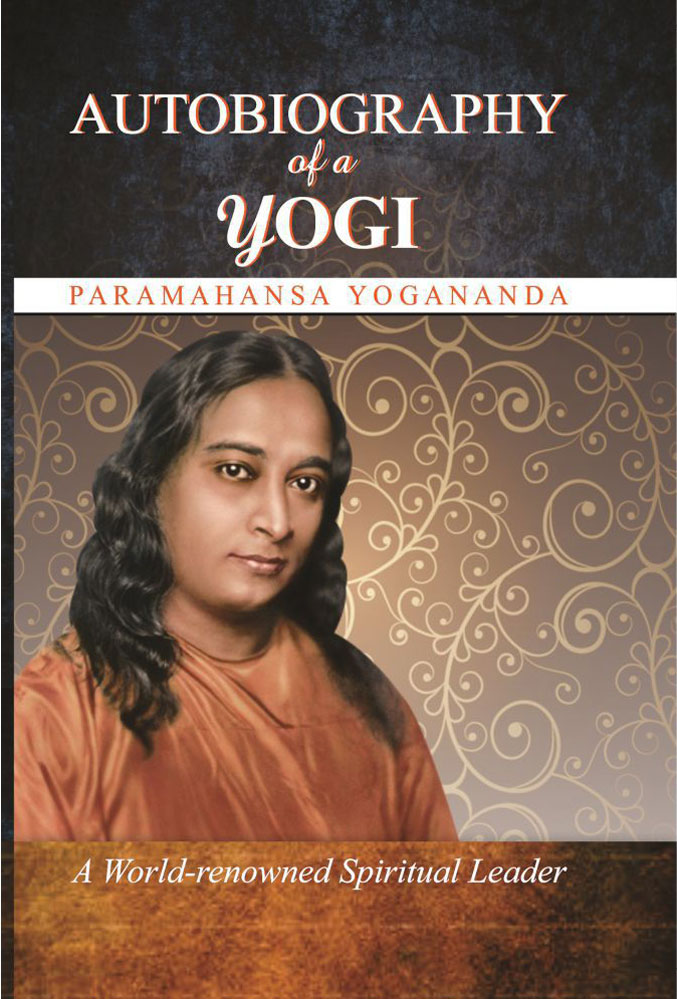
When Steve was planning for his own death, he asked that the Autobiography be given as a parting gift to everyone who attended his memorial service. Imagine being handed that little package covered in brown wrapping paper as you left the memorial and headed to your car, to open it and find out it had Yogananda’s book inside – what a message to you that would have been to rely more on your intuition than anything else. Clearly, that was the message from Steve to his guests at his memorial – that we should actualize ourselves from our own intuition, since that’s what the book is about – the message would have been to look inside ourselves and realize what we find within. That’s what it means to become self-realized or self-actualized. Steve was big on intuition, and that’s one of the most important things I can teach you – use your intuition above all else; it never lies to you.
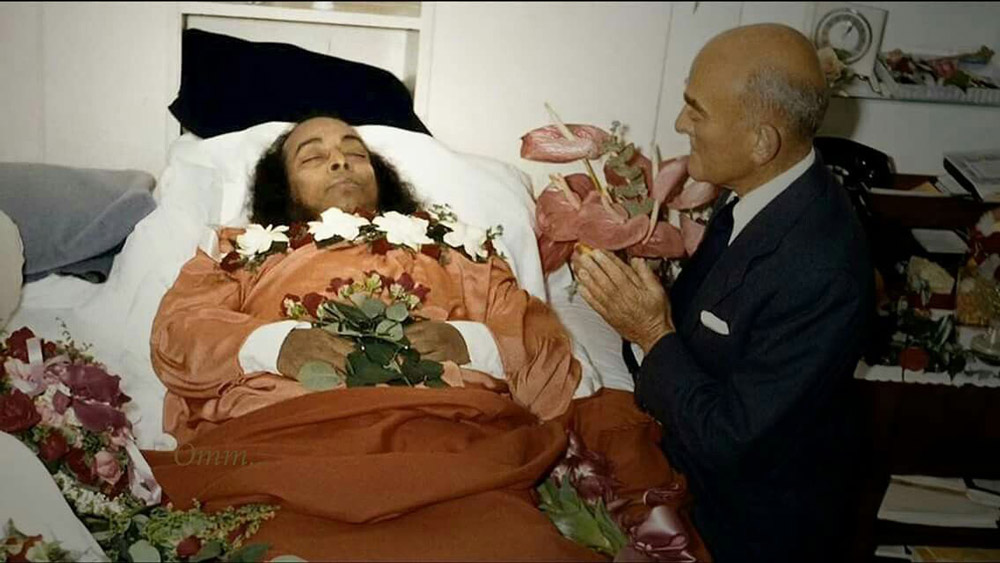
Yogananda, using his Yogic gifts, was about to foretell his own death, telling his followers when it was time for him to leave the world. That evening, he told his dinner companion that “it will just be a matter of hours and I will be gone from this earth.” He spoke at the dinner and then simply fell to the floor, and left his body, thus achieving mahasamadhi, or the conscious exit from the body. We should all have that kind of leave-taking be our goal!
Yogananda’s lessons for us as seekers include many key teachings: first, that we can have direct personal experiences of the divine, especially through daily meditation; secondly, that even though we have personal flaws, the purpose of our human life is the evolution, by way of our individual efforts, of our limited mortal consciousness into God consciousness; thirdly, that we are evidence of the complete harmony and oneness of Jesus’s original teachings as well as original yogic teachings, and that these original truths are the common scientific foundation for all truth.
Here’s one of my favorite quotes from Yogananda:
“The Western day is indeed nearing when the inner science of self-control will be found as necessary as the outer conquest of nature. This new age will see our minds… broadened by the now scientifically indisputable truth that matter is, in reality, a concentration of energy.”
If you’d like to learn more about the “Father of Yoga in the West,” and how he made ancient Vedic teachings more accessible to a modern audience, check out the video, Awake: The Life of Yogananda, produced by Gaia. You can sign up for membership and access this documentary (along with tons of other valuable content) right here >>

